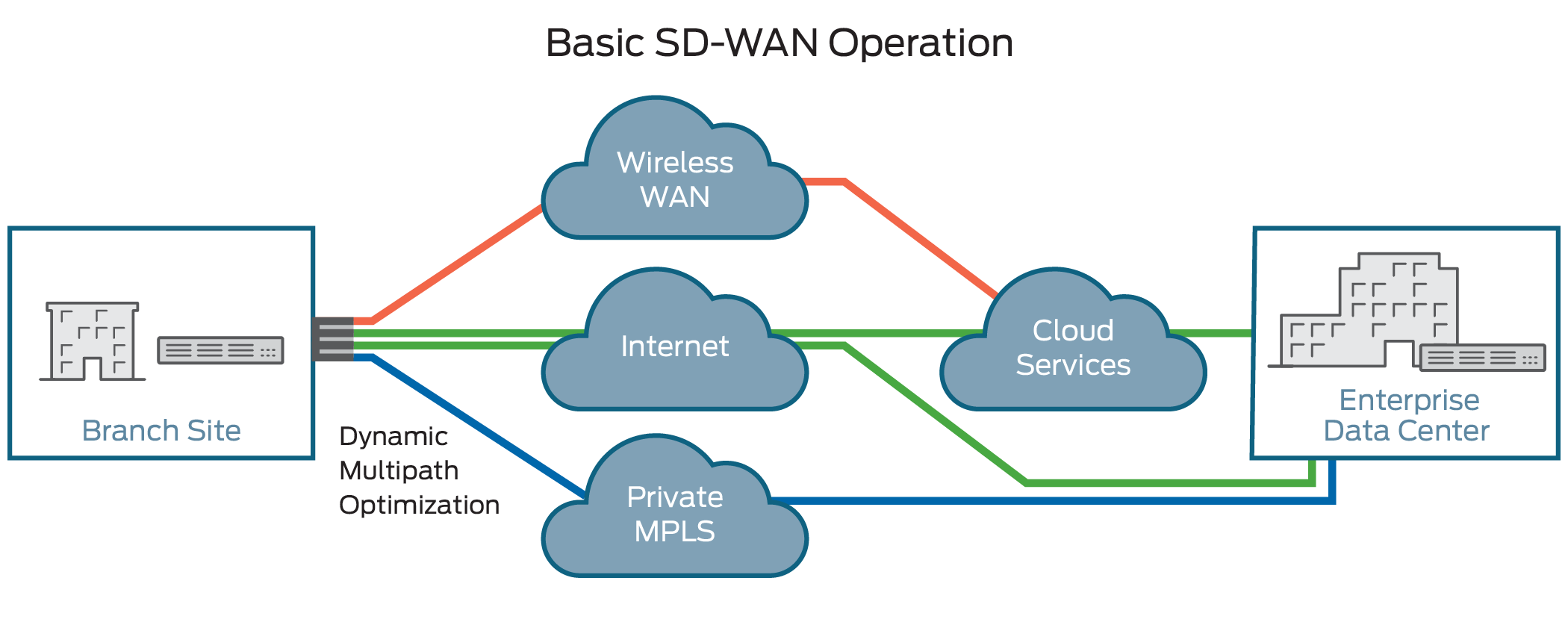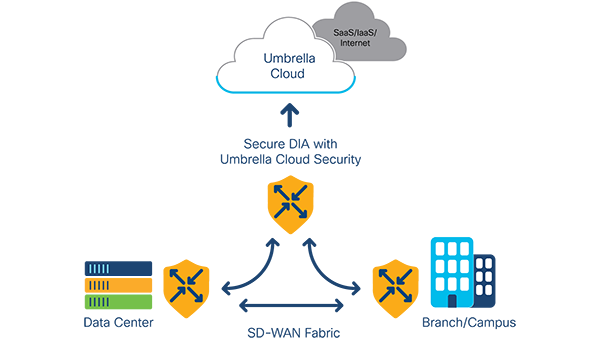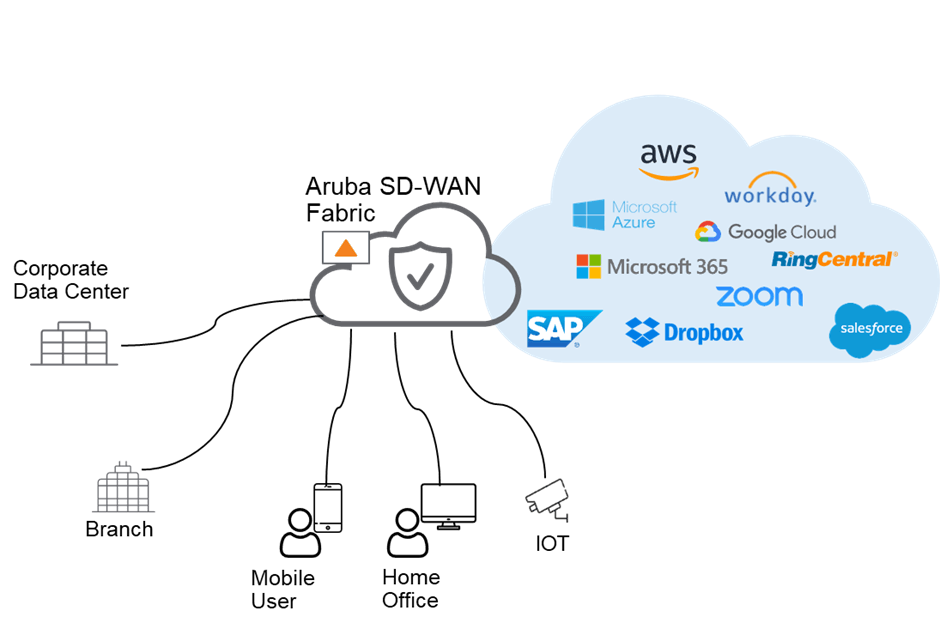SD-WAN enables the expansion of enterprise cloud connectivity by simplifying WAN management. It delivers many benefits, including better application performance, lower costs, bandwidth efficiency, and a seamless on-ramp to the cloud.
Traditional WANs use legacy routers to connect remote users to applications hosted in data centers. Network engineers and administrators must manually write rules and policies to define where and how traffic egresses a branch network utilizing traditional WANs.
Better Application Performance
SD-WAN enables intelligent traffic routing through a network that uses artificial intelligence to optimize bandwidth, delivering optimized performance for each application. This is especially useful for cloud-based SaaS applications sensitive to latency and jitter.
With an SD-WAN, businesses can use cheaper public Internet links to send low-priority data and reserve leased MPLS circuits for more business-critical applications. This can reduce IT costs substantially by eliminating the need to rent expensive MPLS connections.
This is possible because SD-WAN abstracts the transport layer from hardware to software. It also allows organizations to use multiple access technologies and different carriers, allowing them to prioritize different types of traffic and choose the most appropriate link for the job.
A centralized controller manages traffic through multiple routes, improving overall network performance and security. It also enables automated monitoring and offloading of noncritical business applications, reducing the need for on-site personnel at remote sites. This improves employee productivity and reduces WAN expenses while allowing IT teams to spend less time addressing issues created by latency and bottlenecks–adding up to more time for strategic initiatives.

Better Security
Extending enterprise cloud connectivity to branch offices is essential to a digital transformation strategy. However, it can be challenging to do so using traditional WANs and MPLS networks.
These networks were not designed to manage the large volumes of data that result from software-as-a-service (SaaS) applications and cloud adoption. Moreover, backhauling all internet- and cloud-bound traffic to the data center adds latency and slows down applications.
Fortunately, SD-WAN can help address these challenges by providing a high-performance route for branch offices to access cloud services and apps without adding complexity. SD-WAN can prioritize business-critical traffic to ensure it’s sent over the best path in real-time, resulting in faster application performance and greater productivity.

Reduced Costs
A significant challenge for a business with remote employees is accessing data and services at their headquarters without backhauling all traffic through the local branch office. This is often done through the traditional WAN, but this approach results in high bandwidth costs.
Instead, SD-WAN solves this problem by breaking up cloud traffic into smaller and more affordable chunks, avoiding the costly and time-consuming need to backhaul all of it over a single MPLS connection at each branch location. This enables organizations to use lower-cost internet connections, such as 5G and WiFi, and route traffic around slow or broken circuits to increase speed and reliability.
This allows IT personnel to monitor the performance of each location and adjust network, security, and application policies accordingly. The result is a cost-effective, fast-to-deploy, and manageable solution for various cloud use cases.
Greater Flexibility
An SD-WAN can be a powerful solution for enterprises, especially those with many remote employees and many cloud applications that need to connect to data centers. It allows organizations to securely extend the enterprise cloud connectivity they need without building and managing complex VPNs or physical infrastructure.
Unlike traditional routers that use routing tables to determine the best route for data, an SD-WAN relies on the application to assign a path for sending traffic. By distributing control to the applications that need to send traffic, data transfers are faster and more efficient.
In addition, an SD-WAN can reduce reliance on costly, private connections between an organization’s facilities. This saves money and improves reliability, enabling more agile network architectures to support business growth while controlling costs.
Another benefit of an SD-WAN is that it can automatically optimize network traffic and steer it over the most efficient route based on traffic priorities and business intent. This helps reduce packet loss and latency, impeding employee performance and productivity.
Enhanced Visibility
Enterprise cloud connectivity is becoming an increasingly vital part of the business. It helps to drive business agility, improve customer experience and reduce cost & risk by allowing employees at branch offices to directly access their SaaS applications and data in the public cloud.
SD-WAN technology is the key to extending this cloud connectivity. It offers a unified networking architecture that abstracts the transport layer from hardware to software. It enables network teams to prioritize traffic on cheaper public or private links like broadband or wireless, reducing the need for expensive MPLS circuits.

It also automatically routes critical applications with high-quality service and security policies by business needs. This ensures a fast, reliable, and secure user experience.
Integrated with cloud platforms, SD-WAN is an excellent solution for enterprises that want to move their network forward quickly. It’s easy to use, integrates with popular SaaS apps, and works well with public and private cloud environments.



